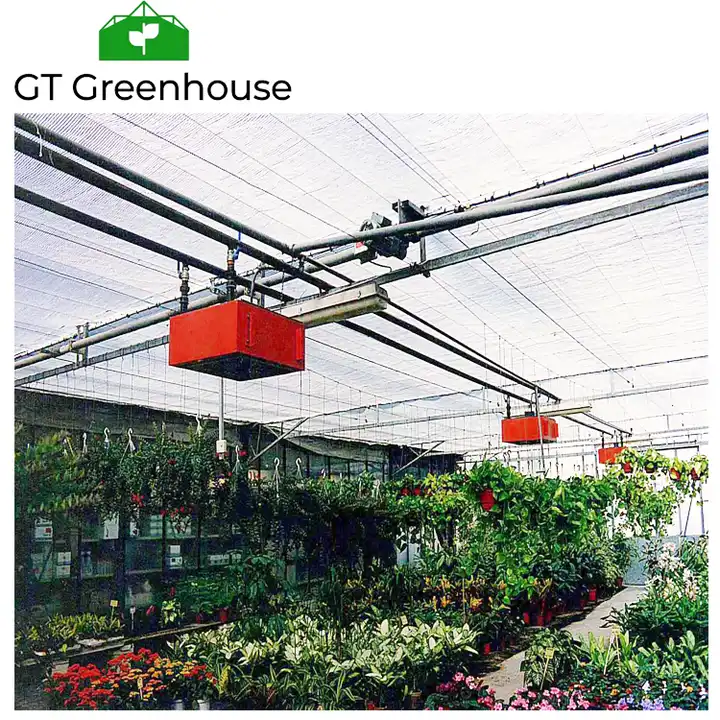Greenhouse farming has gained tremendous popularity due to its ability to provide a controlled environment for optimal plant growth and increased crop production. To operate a successful greenhouse, growers rely on a range of specialized equipment that enhances efficiency, promotes plant health, and maximizes yields. In this article, we will explore the essential equipment required for successful greenhouse farming, highlighting their roles and benefits in creating an ideal growing environment.
I. Climate Control Equipment
- Heating Systems:
Greenhouses often require supplemental heating to maintain optimal temperatures during colder seasons. Common heating systems include gas heaters, radiant heaters, or central heating units, which help prevent temperature fluctuations and protect plants from frost damage. - Cooling and Ventilation Systems:
Cooling and ventilation equipment are crucial for regulating temperature, humidity, and airflow within the greenhouse. Equipment such as exhaust fans, evaporative cooling systems, and air circulation fans help prevent heat stress, control moisture levels, and maintain adequate oxygen levels for plant respiration.
II. Irrigation and Water Management Equipment
- Irrigation Systems:
Efficient irrigation systems ensure proper water distribution to plants. This may include drip irrigation, micro-sprinklers, or misting systems. These systems deliver water directly to the plant’s root zone, minimizing water waste and reducing the risk of foliar diseases. - Water Filtration and Recycling:
Greenhouses can benefit from water filtration systems that remove impurities and maintain water quality. Additionally, water recycling systems allow growers to collect and reuse excess irrigation water, promoting sustainable water management practices.
III. Lighting Systems
- Supplemental Lighting:
In regions with limited sunlight or during shorter daylight periods, supplemental lighting becomes essential. High-intensity discharge (HID) lamps, light-emitting diodes (LEDs), or fluorescent lights provide the necessary light spectrum to support photosynthesis and promote healthy plant growth. - Light Control Systems:
Light control equipment, such as shade cloths or light-diffusing films, helps regulate and optimize light levels within the greenhouse. These systems protect plants from excessive solar radiation, reduce heat buildup, and prevent light-related stress.
IV. Environmental Monitoring and Control
- Environmental Sensors:
Sensors for temperature, humidity, CO2 levels, and soil moisture provide real-time data on the greenhouse environment. This information allows growers to make informed decisions and adjust climate control systems accordingly. - Automated Control Systems:
Automated control systems integrate sensors with equipment such as heaters, fans, and irrigation systems. These systems enable growers to automate climate control, irrigation, and lighting, ensuring precise and consistent environmental conditions for optimal plant growth.
V. Benching and Plant Support Systems
- Growing Benches:
Growing benches provide elevated platforms to support plants, allowing for efficient use of space, improved plant accessibility, and better drainage. Benching systems can be customized to fit the greenhouse layout and crop requirements. - Trellising and Staking Systems:
Trellising and staking systems are essential for training and supporting climbing or vining plants. These systems maximize vertical space utilization, promote proper plant growth, and facilitate easy harvesting and maintenance.
Successful greenhouse farming relies on a range of specialized equipment designed to create and maintain an optimal growing environment. From climate control systems to irrigation equipment, greenhouse farming equipment lighting systems, environmental monitoring tools, and plant support structures, each piece of equipment plays a crucial role in maximizing crop yields, promoting plant health, and ensuring efficient operations. By investing in the right equipment, growers can create a thriving greenhouse environment that fosters healthy plant growth and cultivates sustainable agricultural practices.

